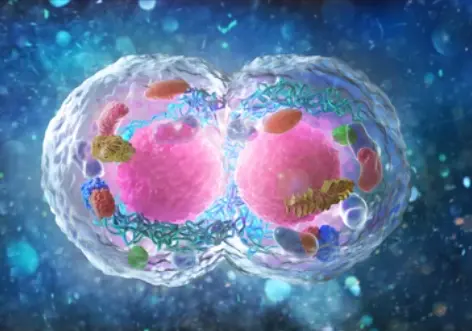 Welcome
Welcome
“May all be happy, may all be healed, may all be at peace and may no one ever suffer."
- A
- B
- C
- D
- E
- F
- G
- H
- I
- J
- K
- L
- M
- N
- O
- P
- Q
- R
- S
- T
- U
- V
- W
- X
- Y
- Z
Migraine - Generics
Migraine is a neurological disorder that can cause severe headaches, often accompanied by other symptoms such as nausea, vomiting, and sensitivity to light and sound. Migraine headaches can last for hours or days and can be debilitating, impacting daily activities and quality of life.
There are two main types of migraines: migraine with aura and migraine without aura. Migraine with aura involves additional neurological symptoms, such as visual disturbances, that occur before or during the headache. Migraine without aura does not involve these additional symptoms.
There are many factors that can trigger migraines, including stress, certain foods and drinks, hormonal changes, changes in sleep patterns, and environmental factors. Identifying and avoiding triggers can be an important part of managing migraines.
Treatment for migraines may include medications such as triptans, which can help to relieve pain and reduce the duration of migraines. Other medications such as anti-nausea drugs or preventive medications may also be used. In addition to medication, non-pharmacologic interventions such as relaxation techniques, biofeedback, and cognitive behavioral therapy may also be helpful in managing migraines.
It is important for individuals who experience migraines to work closely with a healthcare provider to develop a treatment plan that meets their individual needs. This may involve a combination of medication and non-pharmacologic interventions, as well as ongoing monitoring of symptoms and adjustments to the treatment plan as needed.

Dental caries

Pyoderma

Gout

Burns with a gastric fist...

Filariasis

Acute & chronic conjuncti...

Alopecia areata

Anovulatory infertility
Migraine, মাইগ্রেন
To be happy, beautiful, healthy, wealthy, hale and long-lived stay with DM3S.